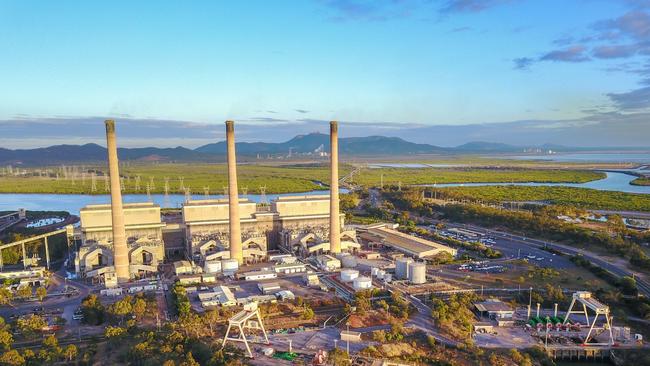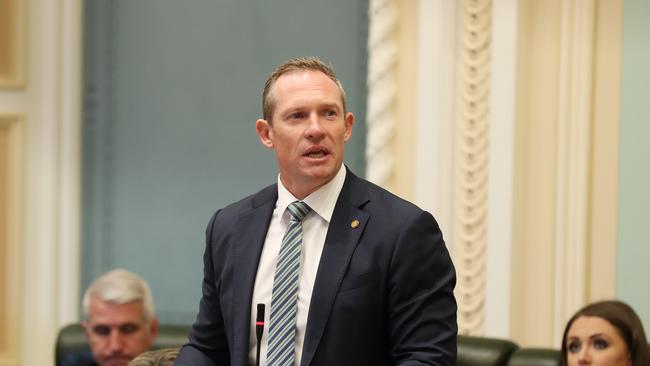Govt: Energy market reforms must secure CQ jobs and power
Central Queensland has thousands of jobs linked to coal fired power which is predicted to be retired.

Gladstone
Don't miss out on the headlines from Gladstone. Followed categories will be added to My News.
Reforms to the National Electricity Market are being encouraged by the Queensland Government to future proof the state’s energy supply and crucially, its significant CQ-based workforce.
The calls from the Palaszczuk Government come after the Energy Security Board chair, Dr Kerry Schott, said the influx of renewable energy and the retirement of coal fired power generation must be factored into a redesigned market.
Coal fired power stations at Gladstone, Biloela and Stanwell employ thousands and provide a positive contribution to the region’s economy, but Dr Schott warned it was impossible to overstate the rapid developments in the sector.

“We are preparing the advice ministers need to enable the critical decisions needed for an affordable, reliable and secure electricity system that can ultimately operate at net zero emissions,” Dr Schott said.
The renewable, clean power from hydrogen and solar industries have already made an impact in CQ with the Gladstone Hydrogen Ecosystem and solar farms at Rodds Bay and the Central Highlands in development.
Energy, Renewables and Hydrogen Minister Mick de Brenni said the Energy Security Board’s suite of potential reform pathways provided an important opportunity for the Palaszczuk Government to future-proof Queensland’s energy supply and workforce.
“We know Queensland is blessed with a reliable mix of renewables and more traditional forms of electricity generation which, combined with a robust publicly-owned distribution network, powers our communities, our industries and our neighbouring states,” Mr de Brenni said.

“I am keen to hear what energy sector participants have to say on these important proposals, which will be considered by the Energy National Cabinet Reform Committee in coming months.
“A critical element of the ESB paper is the reform of essential system services, which means that our current thermal generators could be transformed to help stabilise intermittent renewable energy.
“This will keep the lights on during peak usage, while ensuring the ongoing livelihoods of generation workers and the communities in which they live.”
Mr de Brenni said for Queensland to grow its manufacturing and resources sectors it needed “significantly more generation”.
“Queensland needs significantly more generation to meet our aspirations for growth of our manufacturing and resources sectors, and our publicly-owned assets will play a key role in Queensland’s future energy mix,” he said.

“There are no plans to decommission any of our generation assets in Queensland ahead of their time.”
Mr de Brenni said owning major power assets provided the Palaszczuk Government with real options to shape the future look of the state’s grid as Queensland works to meet its 50 per cent renewable energy target by 2030.
“This public ownership also gives us extra ability to provide the National Electricity Market with an ongoing supply of cheap and reliable power while supporting essential regional jobs,” he said.
“We’ve also committed to unlocking three Renewable Energy Zones and to build the associated transmission infrastructure to support investment and renewable development in North, Central and Southern Queensland.
“An affordable and reliable energy supply is crucial to a post-COVID economic recovery, and we’ll continue to be guided by the Energy Security Board in our future energy economy.”
Other stories
How National Energy Market redesign will impact CQ


